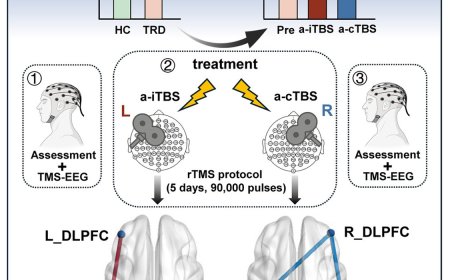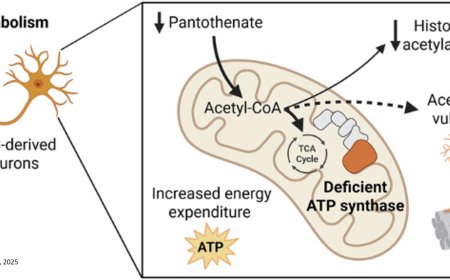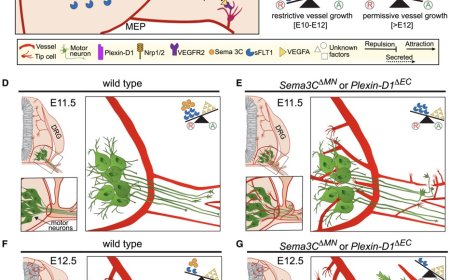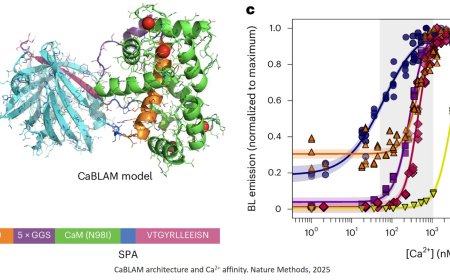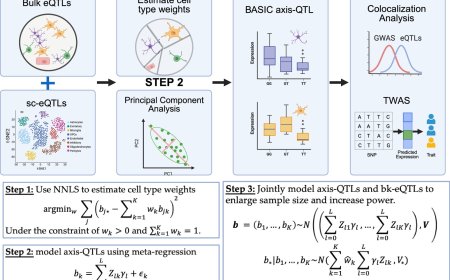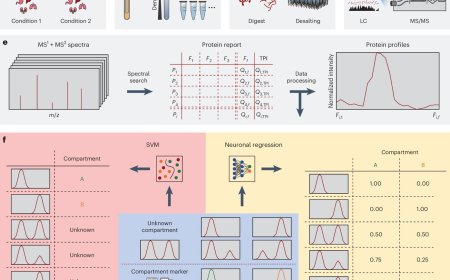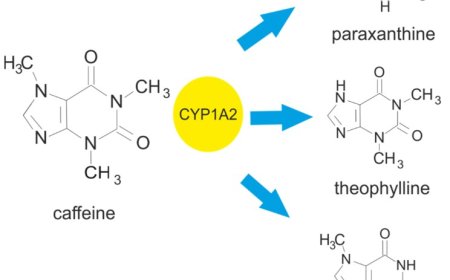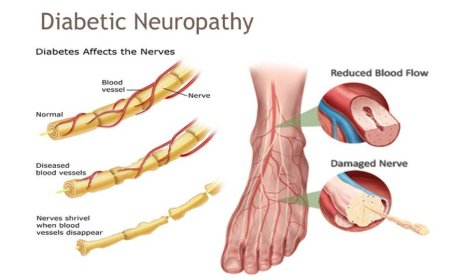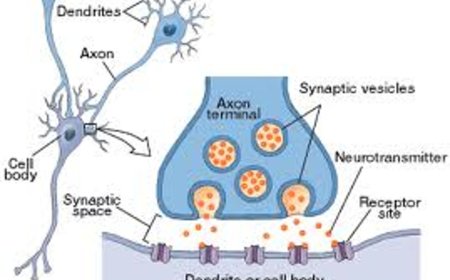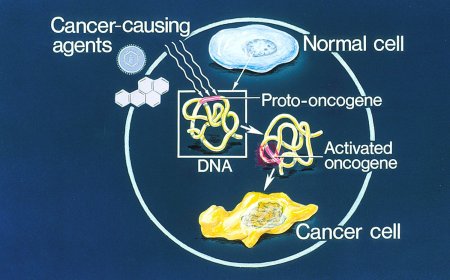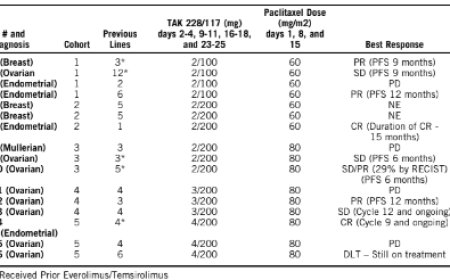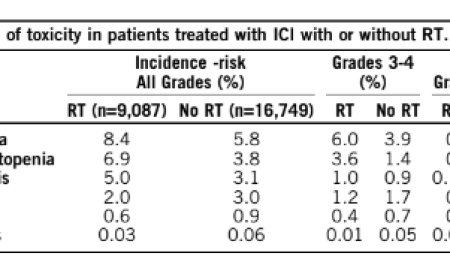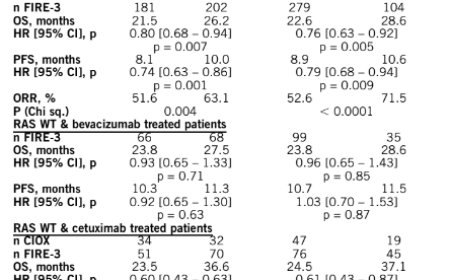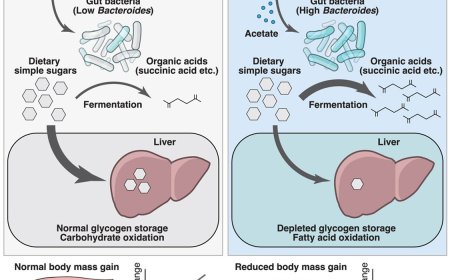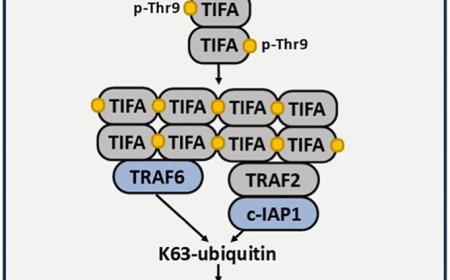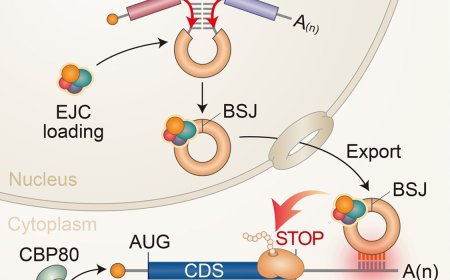Parasitic nematodes tissue and cellular function
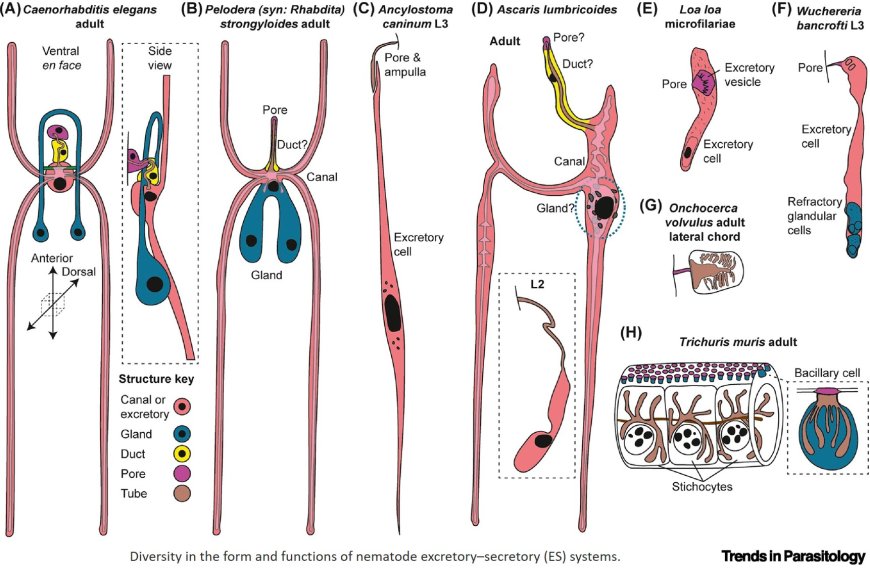
Caenorhabditis elegans is an invaluable model for animal biology, but as a free living nematode it cannot resolve tissue and cell-level adaptations unique to parasitic nematodes.
Studies on the structure, function, and development of parasitic nematode tissues are scarce, but could offer clues on how parasitism arose as these organs may be key for host colonisation and intra-host survival.
Revised anatomy of parasitic nematodes using modern imaging is essential to infer tissue function and development.
Detailed parasite morphological data will support the design, troubleshooting, and interpretation of single-cell and spatial omics studies, as well as the validation of in vitro parasite cultures.
Functional characterisation of parasite tissues requires in situ studies with in vivo or in vitro models, especially to dissect direct and physical interactions at host–parasite interfaces.
https://www.cell.com/trends/parasitology/fulltext/S1471-4922(25)00289-2
